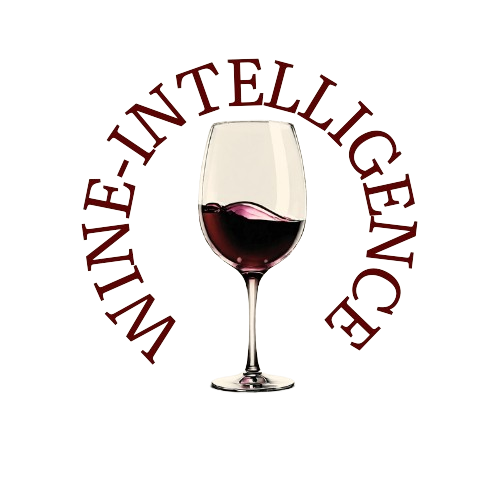Starting a revolution is straightforward: gather enough dissatisfied individuals, combine with a shifting social climate and a weak political system, and a revolution can topple an entire government.
However, what follows is often a slow and arduous process.
The collapse of communism between 1989 and 1991 felt like a surreal fever dream and marked a new beginning for many. However, the ground reality was far from idyllic. Post-revolution regions experienced adjustment attempts, backlash, and a renewed desire for progress and democracy, contrasted with a longing for the stability of the past. Amidst this tumult, Central Europe's ancient wine cultures began to reemerge.
We're not referring to the exotic and Instagrammable wine scenes of Eastern Europe like Georgia, where amphora-aged wines from unpronounceable grapes are consumed with rustic fanfare. Nor are we talking solely about the internationally renowned Cabernet Sauvignon and Chardonnay aged in French barrels. Central European wines sit somewhere in between: unfamiliar grapes with recognizable winemaking styles, blending a laid-back and serious spirit. This is an appealing place for winemakers seeking new markets filled with curious young drinkers eager for exploration.
Communism, Its Fall, and the Slow Rebuild
During the USSR era, Stalin and his successors transformed private agricultural farms, including vineyards, into state-supervised co-ops focused on quantity over quality. With the fall of communism, many state-owned farms closed or sold off, leading to a challenging path forward. However, EU membership brought new funding and trading opportunities, alongside occasional capitalist investments.
For instance, Romania's first private wine investment was SERVE in 1994, founded by Corsican investor Guy Tyrel de Poix. This and subsequent investments brought new technology and a modern approach to winemaking, fueling a desire to showcase the region's potential.
As countries like Hungary and Croatia embraced EU membership, new opportunities arose, revitalizing the wine industry. This transformation led to the production of wallet-friendly wines appealing to younger, adventurous wine lovers.
Premium Wine 2.0
A pivotal moment for Croatian and Central European wine came with the return of Miljenko "Mike" Grgich to Croatia in the 1990s. Grgich, famous for his award-winning Chardonnay at the 1976 Judgment of Paris, aimed to replicate this success in Croatia. His efforts popularized native grapes like Pošip and Plavac Mali, elevating Croatia's winemaking reputation. The Arab Spring in 2011 diverted American tourists to Croatia, boosting its wine profile significantly.
While the path hasn't been straightforward, investments and international exposure have helped Hungarian wines, particularly Tokaj, gain recognition. The region's unique history and modern techniques create wines that appeal to both traditional and adventurous drinkers.
Unfamiliar Grapes, Modern Techniques
Central European winemakers are leveraging unique native grapes and familiar winemaking techniques to create appealing wines. The era of communism inadvertently opened doors for a new generation of progressive winemakers, who embrace responsible, organic farming. Regions like Hungary and Slovakia are now seen as exciting new frontiers in the wine world, offering small production, organic wines at accessible prices.
No Rules and Incredible Value
The "no rules" approach and affordable pricing make Central European wines particularly attractive. Vintners like Paul Toussaint find excitement in regions like Romania and Croatia, which produce wines with both international and indigenous grapes. This flexibility and innovation mirror California's winemaking revolution of the 1970s.
Importers and retailers are capitalizing on the growing interest in non-traditional wine regions. Consumers are increasingly drawn to these wines for their unique flavors and sustainable practices, often at prices below USD 25.
Spreading the Word
Raising awareness about Central European wines is crucial for growth. The number of wineries and quality of wines in Croatia, for instance, have increased significantly. Influences from renowned winemakers like Mike Grgich and pop culture phenomena such as Game of Thrones have helped, but more work remains. Cooperation among winemakers and aggressive market penetration, especially in the US, are essential.
Wine producers like Posestvo Bela Gora in Slovenia have successfully exported to the US, with a focus on unique styles like barrel-fermented Sauvignon and skin-fermented blends. Getting consumers to try these wines often leads to continued interest and demand.
Overall, Central Europe's wine revival is gathering momentum, offering a blend of history, innovation, and exciting new flavors for adventurous wine lovers.
Source: Wine-Searcher

